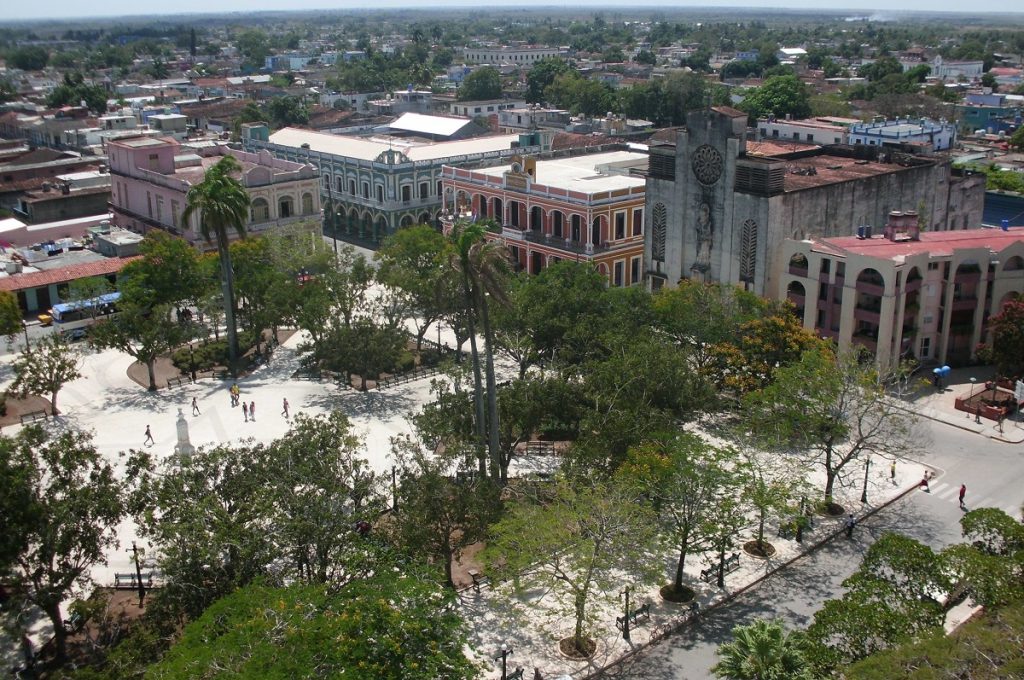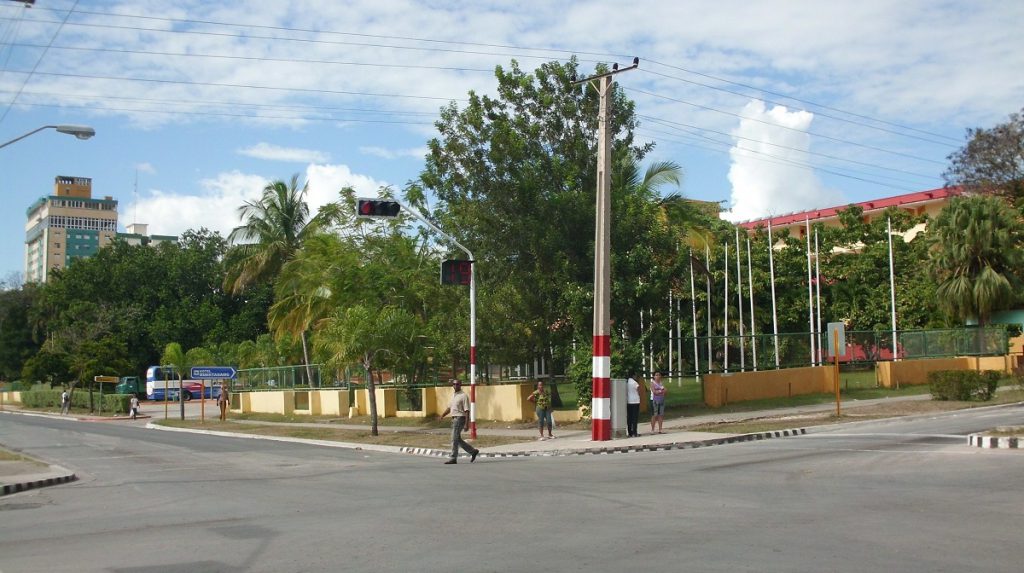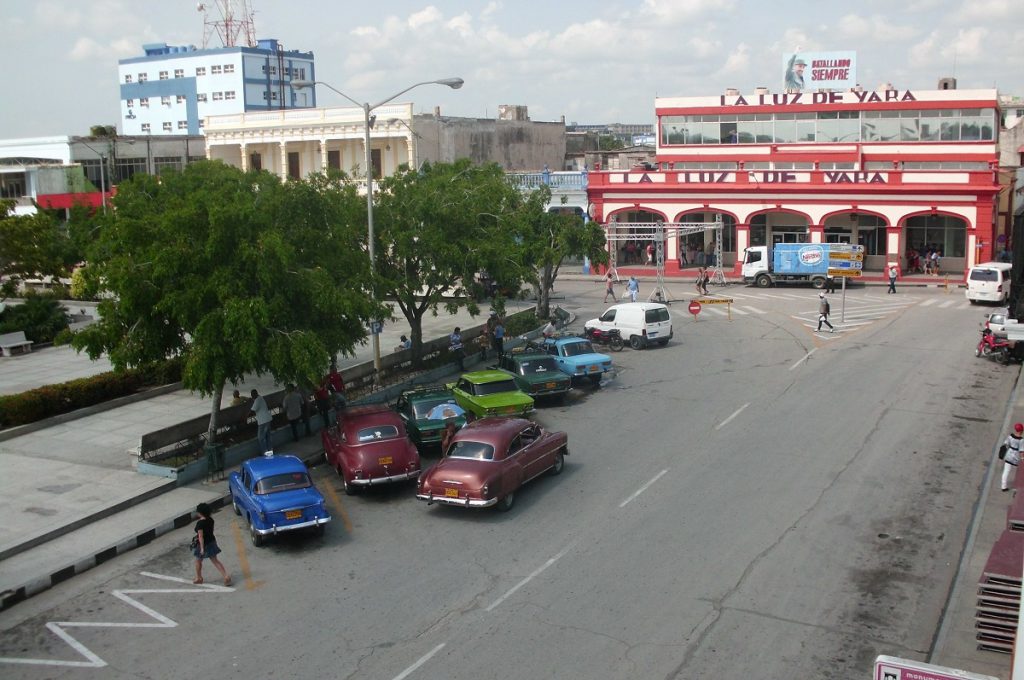 Matanzas, ciudad de los puentes
Matanzas, ciudad de los puentes
Texto y fotos
Lázaro David Najarro Pujol
Corresponsal Primicia Diario
Al tesoro arquitectónico y natural de las primeras ocho villas fundadas por los españoles en Cuba hace más de cinco siglos, se suman también otras ciudades que enriquecen ese patrimonio de una nación en la que la cultura es escudo y espada de la mayor isla de las Antillas,
Los encantos de Baracoa, Bayamo, Trinidad, Sancti Spíritus, Camagüey Santiago de Cuba, La Habana y Remedios, esta última ciudad al norte de la provincia de Villa Clara, se aprecian igualmente en Guantánamo, Holguín, Bayamo, Puerto Padre, Ciego de Ávila, Santa Clara, Cienfuegos, Matanzas y Pinar del Rio.
El Almirante Cristóbal Colón tocó tierras cubanas el 27 de octubre de 1492 y la bautizó con el nombre de Juana, en honor al primogénito de los Reyes Católicos. Fue en su primer viaje cuando desembarcó por el Oriente, y en el segundo recorrió la costa meridional avanzando mucho hacia el Occidente. Colón se fue a la tumba creyendo que Cuba no era una isla, sino que formaba parte del continente.
Correspondió a Sebastián Ocampo confirmar que tal hipótesis era errada, tras realizar el primer bojeo completo de la isla en 1509. No obstante, desde 1498 se creía que era una ínsula como resultado de un viaje no difundido, atribuido a Alonso de Ojeda o a Vicente Yañez Pinzón, acompañado por Juan de la Cosa. Pero fue el recorrido de Sebastián Ocampo el que despejó las dudas acerca de la insularidad de Cuba.
Personas e instituciones encargadas de rescatar y preservar el patrimonio arquitectónico de la isla se han preocupado y ocupado de su conservación, pero la labor realizada hasta el momento no es suficiente, por lo que se alertar no solo a Cuba, sino también al resto del mundo a preservar todo elemento de valor patrimonial y darle el lugar merecido dentro de las culturas nacionales.
Deben pronunciarse a favor de un proyecto que garantice que la arquitectura esté a la altura del desarrollo que ha alcanzado la sociedad en otras esferas artistas, intelectuales, comunicadores, periodistas y toda la sociedad.
Cuba, por su posición geográfica, se utilizó como base en el siglo XVI para la conquista y colonización del continente. Precisamente en 1513 desde la isla, Juan Ponce de León descubre y emprende la exploración y toma de La Florida y, en 1519, Hernán Cortés zarpa desde La Habana a México.
El patrimonio arquitectónico y natural de isla está reflejado en el libro Cuba: Una excursión por el tiempo. Tomos I y II que personas de América Latina, Europa, Rusia y otros lugares tendrán la oportunidad de leer en sus idiomas nativos.
 Parque José Martí, Ciego de Avilas
Parque José Martí, Ciego de Avilas Guantánamo
Guantánamo En Holguín
En Holguín
Cuba, tangible and intangible heritage: culture is the shield and sword of the nation (+ Photos)
By Lázaro David Najarro Pujol
June, 2021.- To the architectural and natural treasure of the first eight villas founded by the Spaniards in Cuba more than five centuries ago, other cities are also added that enrich the heritage of a nation in which culture is the shield and sword of the largest island in the Antilles.
The charms of Baracoa, Bayamo, Trinidad, Sancti Spíritus, Camagüey, Santiago de Cuba, Havana and Remedios, the latter city north of the province of Villa Clara, are also appreciated in Guantánamo, Holguín, Bayamo, Puerto Padre, Ciego de Ávila , Santa Clara, Cienfuegos, Matanzas and Pinar del Rio.
Admiral Christopher Columbus touched Cuban lands on October 27, 1492 and baptized it with the name of Juana, in honor of the first-born of the Catholic Monarchs. It was on his first voyage that he landed in the East, and on the second he traveled the southern coast, advancing far to the West. Columbus went to his grave believing that Cuba was not an island, but was part of the continent.
It was up to Sebastián Ocampo to confirm that this hypothesis was wrong, after making the first complete survey of the island in 1509. However, since 1498 it was believed that it was an island as a result of an undisclosed trip, attributed to Alonso de Ojeda or Vicente Yañez Pinzón, accompanied by Juan de la Cosa. But it was Sebastián Ocampo’s journey that cleared up doubts about Cuba’s insularity.
People and institutions in charge of rescuing and preserving the island’s architectural heritage have been concerned and concerned with its conservation, but the work done so far is not enough, so not only Cuba, but also the rest of the world will be alerted. to preserve all elements of heritage value and give it its deserved place within national cultures.
Artists, intellectuals, communicators, journalists and the whole of society must speak out in favor of a project that guarantees that architecture is at the same level as the development that society has achieved in other spheres.
Cuba, due to its geographical position, was used as a base in the 16th century for the conquest and colonization of the continent. Precisely in 1513 from the island, Juan Ponce de León discovered and began the exploration and capture of Florida and, in 1519, Hernán Cortés set sail from Havana to Mexico.
The island’s architectural and natural heritage is reflected in the book Cuba: An excursion through time. Volumes I and II that people from Latin America, Europe, Russia and other places will have the opportunity to read in their native languages. (Photos by the author)(Translated by Linet Acuña Quilez)
#Cuba and its heritage: Shield and sword of the nation (+ Photos) https://camaguebaxcuba.wordpress.com/2021/06/13/cuba-and-its-heritage-shield-and-sword-of-the-nation-photos/ #Baracoa, #Bayamo, #Trinidad, #SanctiSpíritus, #Camagüey #SantiagodeCuba, #LaHabana y #Remediose @davidnajarro @emisoranuevitas @primiciadiario @Radiocamaguey @RadioBaracoa